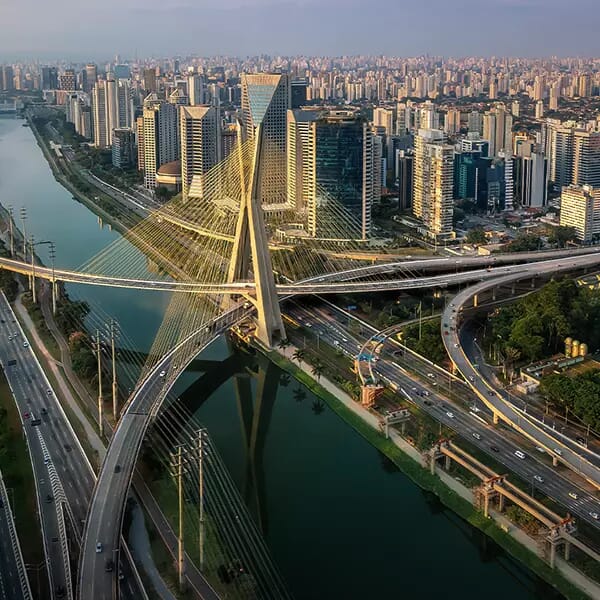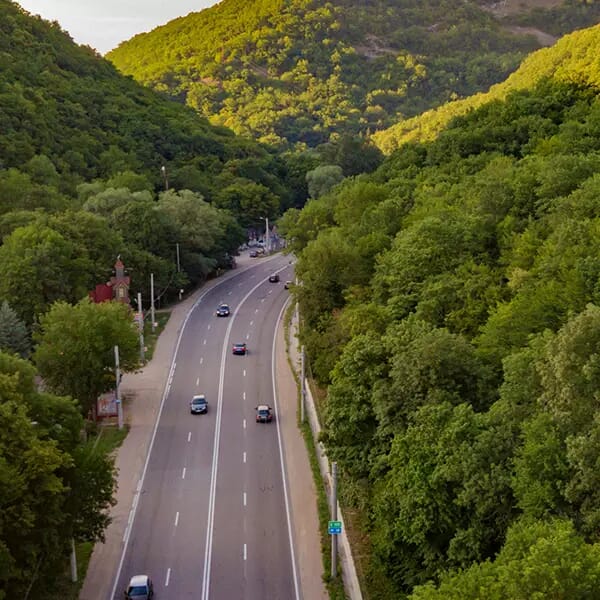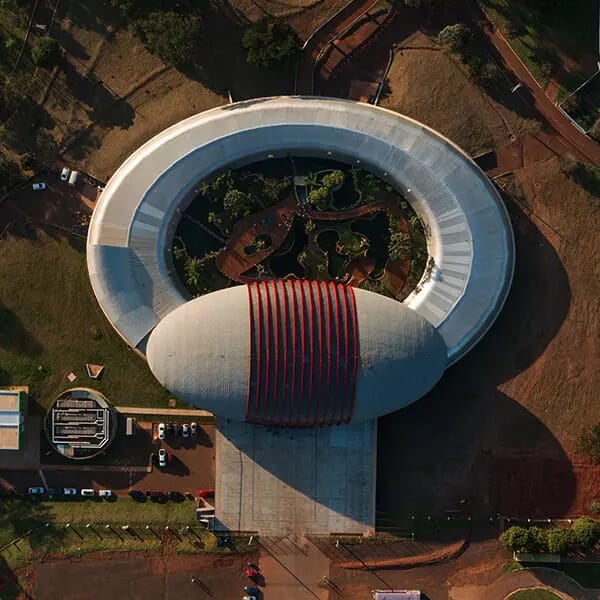 Credit: Su San Lee / Unsplash
Credit: Su San Lee / UnsplashNavigating Indian Infrastructure During an Economic Downturn
July 29, 2020Infrastructure
India’s National Infrastructure Pipeline: Challenges and Opportunities for Investors
India's Infrastructure industry has been weathering a storm in the last months, with no clear sign of when things will return to business-as-usual. The pandemic has also ignited a debate on how long will the infrastructure downturn last and the adequacy of government’s efforts regarding the same. GRI Club Infra India members met in search of answers to the many questions and challenges that have arisen in regards to the impact of the COVID-19 pandemic on both existing and new infrastructure projects.The Challenges with Financing India’s National Infrastructure Pipeline
Financing is the industry’s main challenge at the moment. Though the government is generating initiatives for the industry, the actual amount of on-ground investment is lagging.The government has developed the National Infrastructure Pipeline (NIP) for the first time to provide social and economic infrastructure projects across the country from 2019 to 2025. Volumes I and II of the NIP Task Force have been released to the public and Volume III is likely to contain details of upcoming projects, elaborated with private sector participation, with a total investment value of INR 111 lakhs crore (US$1.48 trillion). In the past six years, around INR 51 lakhs crore (US$681 billion) were invested in infrastructure projects which are now being doubled with the NIP, which is a commendable task.Although the government is striving to execute the NIP, there is still no clarity on how the pipeline of projects will be financed. The lockdown's impact on infrastructure is starting to recede considering the GST collections in June 2020, power and fuel consumption, road transport traffic, among others, nevertheless the economy’s revival is far from reach.
India needs a construction law that balances regulation and payment security, which would lead to liberating the chain of funds to the lowest level. Financing can be undertaken either by the government or the private sector, but the private sector (private equity and banks) are shying away from financing the projects, even if there is liquidity available, due to the high uncertainty. In consequence, the government will need to increase finance effectively to bolster the infrastructure industry and provide the much needed confidence for the private sector to invest.
Another area of concern is the lack of information available for upcoming projects and a defined project bid calendar, which make it difficult for stakeholders to plan their yearly activity in advance. Project preparedness takes a backstep as bidders are not provided with enough time. Project preparation is an important parameter for institutional investors when allocating funds to projects. The government needs to develop a policy to address infrastructure projects as a whole and not in a piecemeal. In addition, while the policymakers are increasingly focusing on finance project preparations, a lot needs to be done to ensure high-quality projects that attract investors.
The Role of India’s Fiscal Deficit in Infrastructure Development
Developing countries normally spend 7-8 percent of their GDP on infrastructure. Nevertheless in the case of India, its investment in infrastructure was low (approximately 5 percent), even before COVID-19.GRI members believe that increasing this expenditure is not enough to boost the industry, especially considering the current situation. In addition, the projects in the pipeline are not reflected in the GDP since there is a lack of data regarding the same. The government will be required to do the heavy lifting to increase demand stimulus to continue the development of long-term infrastructure projects.
Some State governments are also tethering on the brink of economic collapse as a result of the pandemic. Schemes and projects that are either sponsored by the government or aided externally are usually on a reimbursement model leading to cash-flow issues. State governments would benefit if the reimbursement model is suspended and advances are given to it directly to invest in infrastructure projects.
The estimated fiscal deficit was 3.5 percent as per the 2020 budget. However, it might increase up to 10 percent due to the pandemic. GRI members agreed that to churn the wheels of the economy it is important to bring down the fiscal deficit to approximately 6 percent, with a detailed plan to reduce it to 3 percent in the next five years. This move would help make advances in on-ground projects, which have been otherwise strapped for cash.
Asset Monetization Strategies
GRI members discussed asset monetization as lenders shared that they are skeptical to invest in construction projects due to the current environment yet are open to evaluating refinancing. The option of using Infrastructure Investment Trusts (InvIT) and its advantages, such as asset bundling and specialized management, in comparison to more traditional asset monetization methods were debated. It was agreed that while InvITs might work well in a particular sector, the traditional asset monetization methods might be more effective in another sector.Further, the government should analyze the creation of a new infrastructure development format in consultation with multilateral agencies wherein the construction of assets is undertaken by the government and once the asset stabilizes, the same can be monetized in the most effective manner. This will aid in cash circulation in the market and neutralize the risk to the government.
GRI members believe that the government has the right elements to write a perfect story for India’s infrastructure development, however it is missing a single storyteller throughout the entire scheme.



